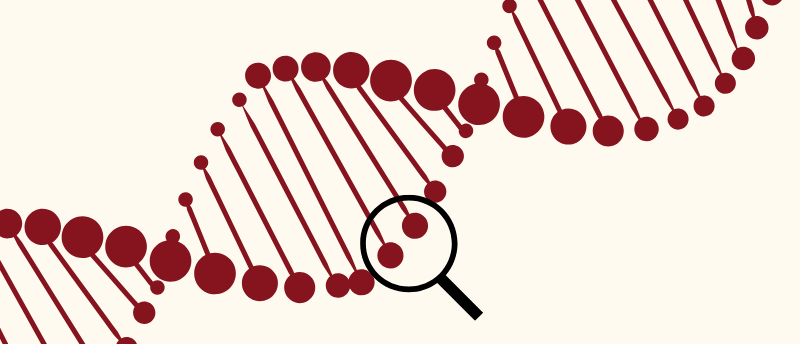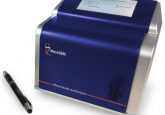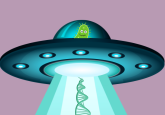Low-cost whole-genome sequencing monitors cancer from blood tests

A combined whole-genome sequencing approach could be used to detect and monitor cancer from liquid biopsies.
It is challenging to monitor cancer from liquid biopsies due to the low concentrations of tumor DNA circulating in blood. Now, researchers from Weill Cornell Medicine and the New York Genome Center (both NY, USA) have used a low-cost whole-genome sequencing (WGS) platform enhanced with an error-correction method to detect and monitor cancer with high accuracy from low concentrations of tumor DNA.
Liquid biopsies could revolutionize cancer care, giving healthcare providers the ability to diagnose and monitor cancer from just a blood test. However, the tiny concentrations of tumor DNA in blood samples mean that circulating cell-free DNA (ccfDNA) sequencing is limited.
WGS can overcome this by sequencing the whole genome – not just stretches of DNA where mutations are expected – but higher costs limit its wide adoption. “We’re now entering an era of low-cost DNA sequencing, and in this study, we took advantage of that to apply whole-genome sequencing techniques that in the past would have been considered wildly impractical,” said senior author Dan Landau (Weill Cornell Medicine and the New York Genome Center).
 New method for detecting nanoplastics in liquids
New method for detecting nanoplastics in liquids
A method for the comprehensive analysis and characterization of nanoplastics in liquids has been developed.
Using the Ultima Genomics’ (CA, USA) lower-cost WGS platform and the known mutational patterns in patient tumors as a guide, the researchers could detect tumor DNA in blood samples at concentrations in the part-per-million range, showing the platform has a high depth of coverage.
The team then enhanced the accuracy of this approach by utilizing an error-correction method that leverages the redundant information in natural two-stranded DNA, achieving extremely low error rates.
The researchers used the combined approach to successfully detect and assess very low cancer levels in individuals with melanoma and urothelial cancer from blood tests alone.
The study shows that as the cost of WGS continues to drop, these technologies can be used to accurately and non-invasively detect and monitor cancer. “These results allow us to think about a future in which we can detect and track cancer from blood tests alone,” concluded Landau.





